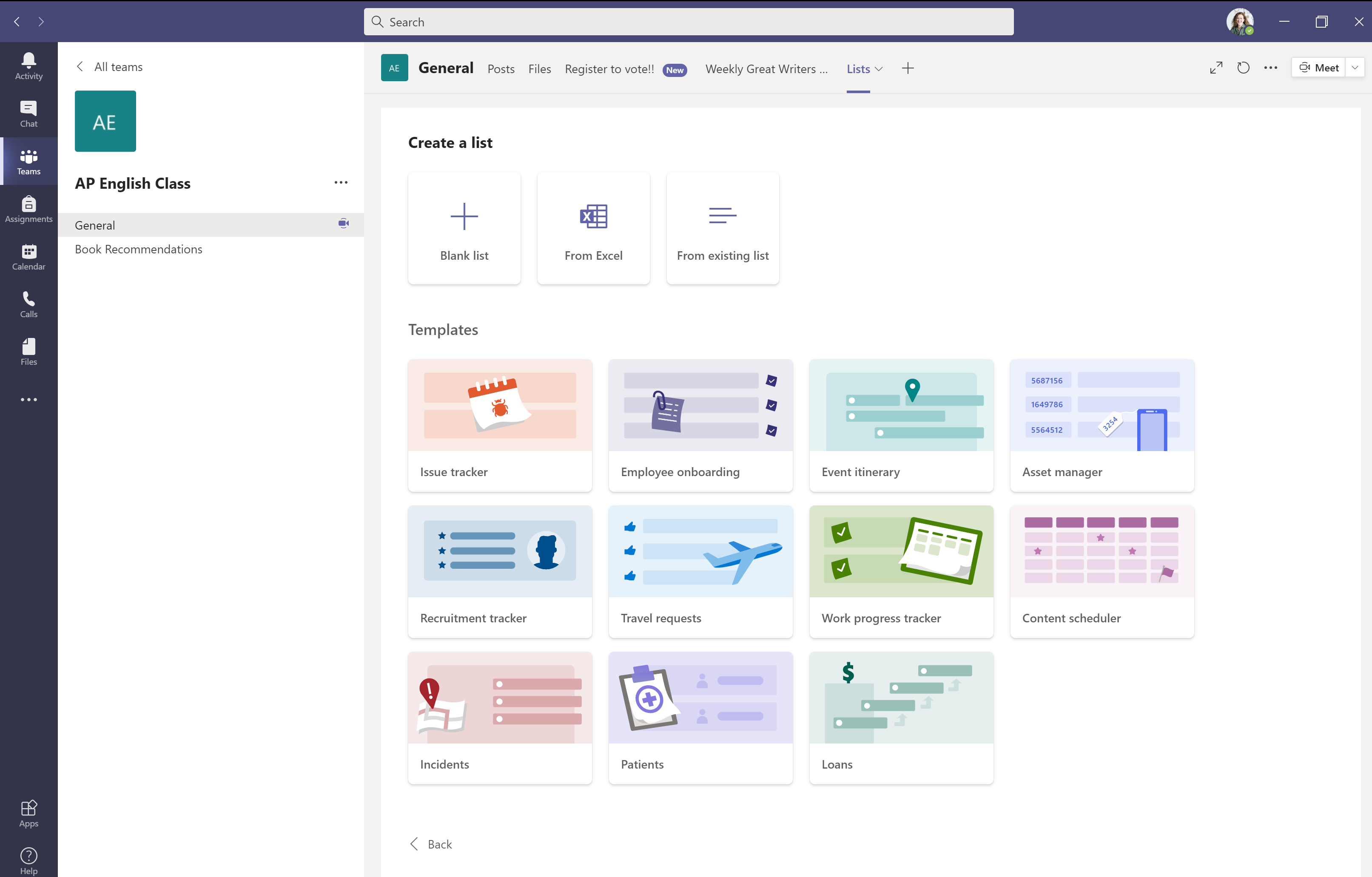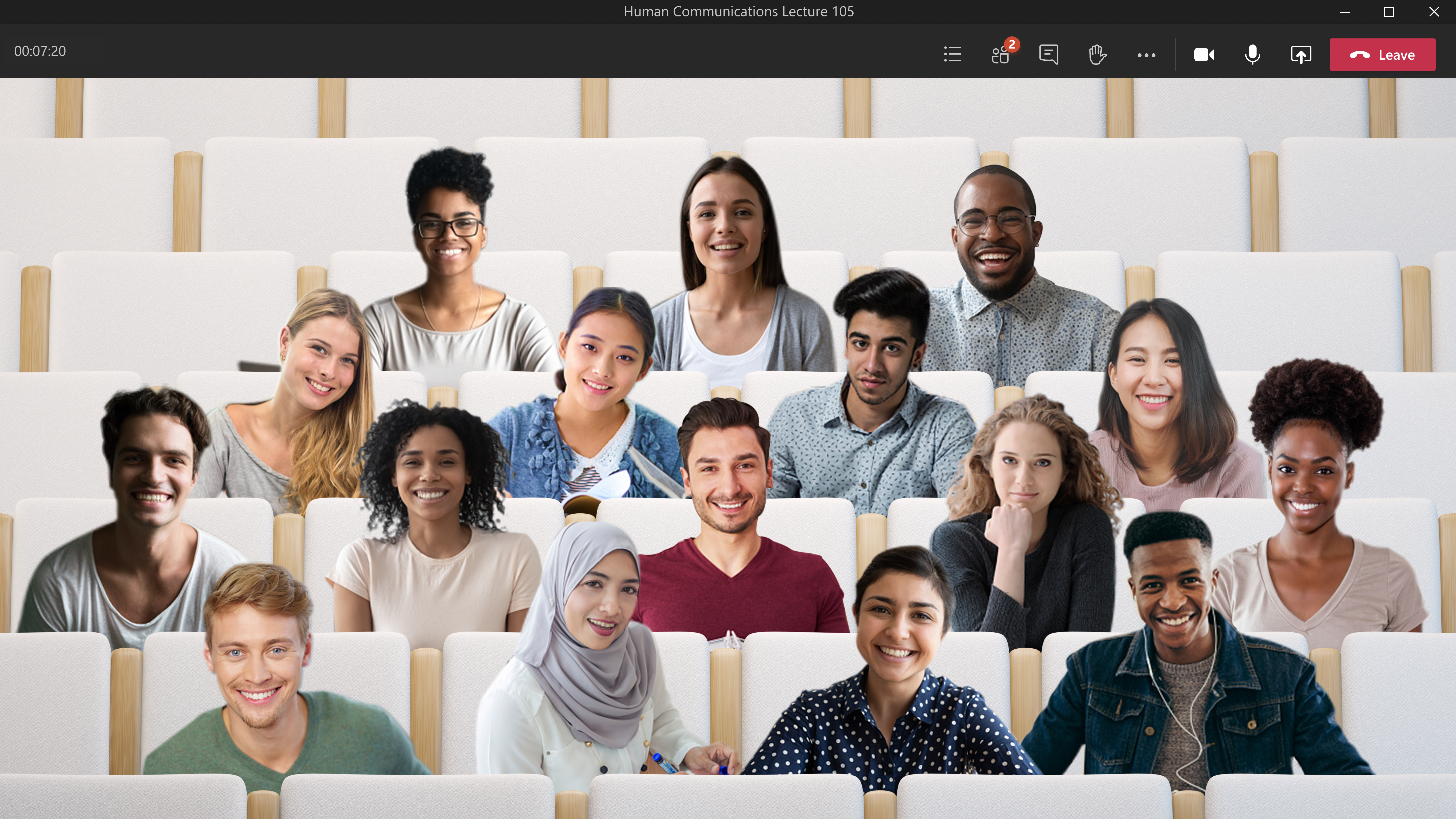As schools around the world swiftly transitioned to remote learning, many realized that technology was not the foremost concern, it was the well-being of students. This was no different for Exeter College. Serving students ages 16 and up, the U.K. tertiary education institution offers education courses that include certificate and training programs, higher education degree programs, and sixth-form coursework for students in their final years of secondary school.
The college switched its 8,000+ students over to using Microsoft Teams as a digital hub once in-person school shifted to distance learning this spring. They quickly found that it helped educators continue to incorporate personalized learning into their instruction.
As a Learning Support Specialist at Exeter College in southwest England, Sarah Tweedie helps personalize instruction for students with special needs. Before the college’s transition in March, Sarah helped a student with autism learn to become more comfortable making eye contact, a simple act that may seem to come natural for some.
“One of my major achievements with him is that he will now look me in the eye very briefly, which is something he has found very difficult. It’s taken a long time to get to that point,” Sarah said during a recent conversation. She added that the switch to remote learning and Microsoft Teams as a digital hub for video meetings and general communications and collaboration has meant that she hasn’t had to give up that kind of connection with her students, something she initially worried about.
“There is still that ability to be able to see the other person and respond to all the things you don’t get to respond to through just a voice—through a smile, through a hand gesture—and I think that’s amazing,” she said. “We’re also able to use Teams to work one-to-one with students, and features like being able to share screens mean we can help them with their work if they need that support.”
Sarah’s colleague, Chris Temple-Murray, a Program Leader for IT at Exeter College, agrees that the connection students and teachers have maintained through the video conferencing and collaboration capabilities of Teams has been powerful and allowed for continuity of learning these past few months.
He also says the independence and flexibility students are given in this environment to listen to recorded lessons, come together for discussions, and get their work done based on their own schedules has empowered students to lead their learning more so than in the past. “The flipped learning has given the students and potentially the staff something valuable. It’s changed the ownership of the learning, which I think has been really beneficial,” Chris said.
Anthony Martin, Digital Innovations and Engagement Manager at Exeter College, says students and faculty are concerned about the current crisis, but are hopeful that the shift to online learning might yield innovation and benefit teaching and learning in perhaps unexpected ways once the global crisis has passed. “I’d love to see more of the classrooms flipped where tutors are more able to engage directly with students, offer one-to one support, offer mentoring, and support the expansion of knowledge—not just provide a lecture-based 40-minute approach,” Anthony said.
He added that the school is looking to the Microsoft Education Transformation Framework as a guide to improving instruction with technology. The framework is a resource that schools can look to for ideas on making important changes that are grounded in research and global best practices.
“I think the key thing I can pick out from the framework is it’s actually all about people,” Anthony said. “Yes, the technology requirement is there, but the technology is only there to support users in getting the best possible outcomes. And with that mindset, it’s about how teams can leverage digital tools to continue to collaborate; particularly while working remotely.”
As schools adjust to this new landscape of learning, we want to ensure that educators and school leaders feel equipped to maintain student connections from afar. For more information on getting started with Teams, check out the Teams quick start guide.
Microsoft Education is committed to providing resources to help you build confidence in remote learning. To learn more, visit our website.




